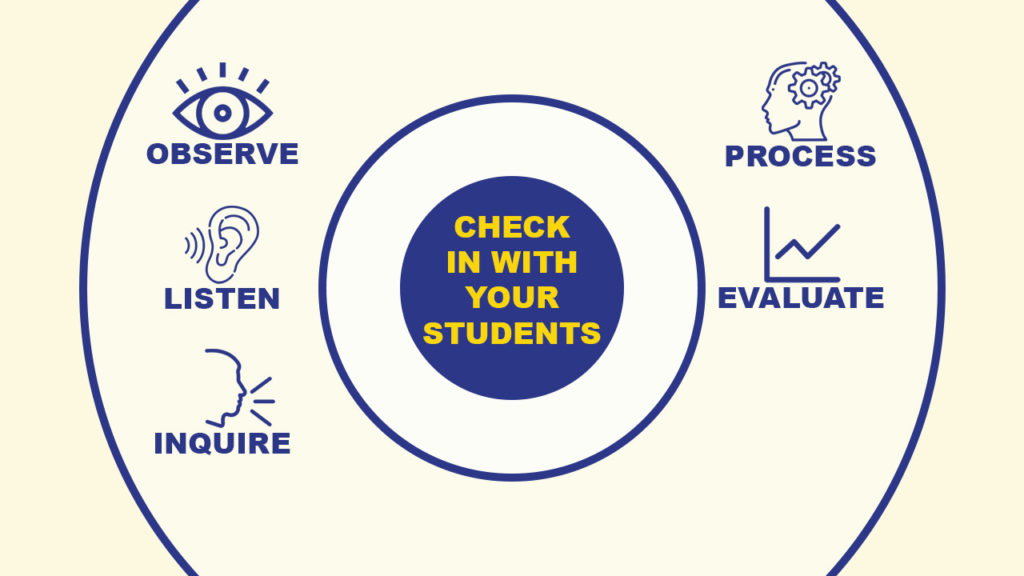
If teaching is your passion, then you know it’s all about your students’ success! Have you ever cried tears of joy watching your students perform in their first showcase? Have you ever jumped for joy when your student nailed their nemesis move after months of hard work? We live for those moments but if you’ve been teaching for any length of time then you know that there can be many frustrating moments along the way too. This article is all about checking in with your students, to minimize those frustrating moments and maximize the amazing ones!
A curriculum is more than just a list of moves with a level and a category tacked onto each one. A curriculum is actually a living breathing object, and although it may live on a page (or a website) it is not a static thing.
A well thought out curriculum is like a map that guides students and teachers from where they are now to where they’d like to be. Each aerial school will likely have its own unique curriculum that matches their school culture, student demographics and teacher experience. A good curriculum meets a student where they are and moves them forward from there. There is so much material to cover in aerial that narrowing it down can definitely be a challenge sometimes! Here’s how we approach curriculum building from a student-centered perspective:
We’re constantly introducing and exploring new ideas and concepts, and then moving on to different material. Then as students continue to gain experience, strength, and flexibility we circle back but we add new layers so they’re deepening their knowledge at the same time that they review key concepts. This keeps students empowered and inspired!
Here’s a very simple example of how we do it.
Beginners to our studio will learn a basic back straddle in the knot. They’ll learn to lift themselves into it and control their exit. We’ll dive into different variations to prepare them for what’s coming.
Then later they’ll learn a straddle up. They’ll use their core the same way they did in the basic back straddle, but now we’re adding more upper body work to the mix. But a straddle up is hard, so we circle back to Back Straddle and add layers of challenge to it until our students are lifting themselves up above the knot and achieving their straddle up with less struggle!
And somewhere in the middle of that process they’ll also learn a crossback straddle. This one is like a combination of a back straddle and a straddle up. You have to lift up into it, but once you’re in it you have all that support! See how it relates to the other two?
Crossback Straddle is also a nemesis move for many, so we use elements of Back Straddle and Straddle Up to condition our students to achieve it. All of these skills inspire and inform each other, and there’s always more detail to dive into.
Over the years we’ve added many moves and variations to our curriculum over time, and we’ve also taken some moves out or moved them into different levels when they no longer serve our needs. Never be afraid to change things up as new information comes to light.
But how do we know if something needs to be changed? By observing our students! But how do you know if it’s the student, or the skill? Here are some questions to ask yourself:
